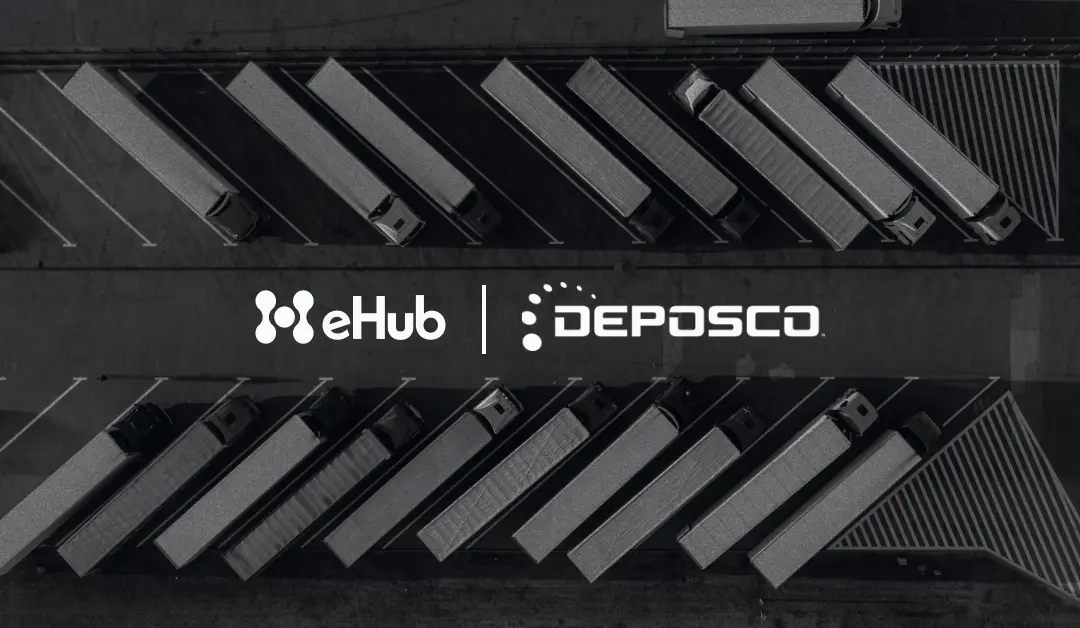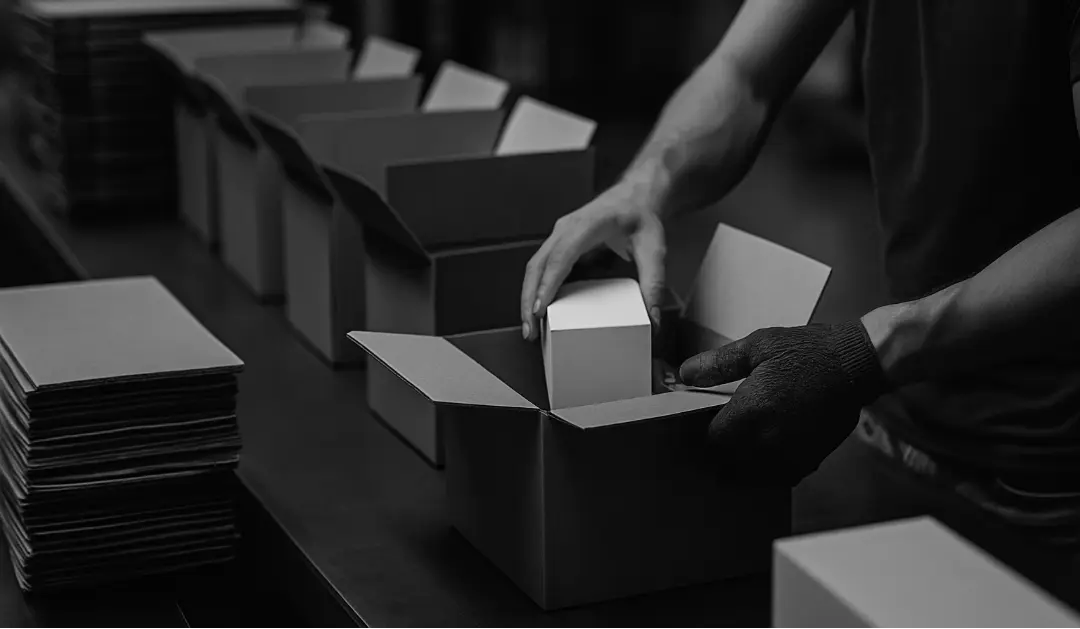Introduction: Fulfillment Center vs Distribution Center
The fulfillment and distribution centers are part of the supply chain. However, they are separate steps with different processes. Recognizing the distinctions between distribution and fulfillment is vital. Fulfillment centers often deal with the retail side, while distribution centers are part of the wholesale process. There are other key differences, and both have their own unique strengths. Let’s dive in and look at fulfillment center vs distribution center.
What is a Fulfillment Center?

A fulfillment center is a facility within the supply chain. It is crucial to logistics. They handle the processing, packing, and shipping of orders. In other words, they fulfill orders. Its main purpose is promptly picking, packing, and shipping products to customers. Fulfillment centers are vital for eCommerce businesses. They move goods to the consumer and are more.
Let’s continue our examination of fulfillment center vs distribution center.
Essential Parts and Functions of a Fulfillment Center
Order Processing
In general, fulfillment centers receive customer orders from different sales channels. These include online stores, marketplaces, or catalog orders.
Inventory Management
They maintain a stock of products, often from different suppliers. The stock is often received from distribution centers. Then, they ensure that inventory levels are there to fulfill orders.
Picking and Packing
Next, they pack items from the shelves securely. They can use labor or automated picking systems. Finally, they prepare them for shipping.
Shipping
Fulfillment centers handle shipping processes. This includes choosing the correct method and carrier and creating shipping labels.
Returns Processing
Many fulfillment centers also manage returns and exchanges. Further, this means processing items that customers send back.
Tech Integration
Further, fulfillment centers often use advanced technology. For example, they may use warehouse management systems (WMS), barcoding, and automation. This software helps to streamline their processes. It helps ensure efficiency.
Scalability
Fulfillment centers can handle a high volume of orders. As a business grows, order volume increases. Partnering with fulfillment centers aids in handling that growth. They allow scalability without the need for considerable investments in infrastructure. This may mean finding a 3PL to handle your fulfillment needs.
Geographic Reach
Also, businesses often use fulfillment centers located in different regions or countries. Doing so reduces shipping times and costs. This is called zone skipping. A 3PL can aid in cutting costs. It can also provide a better customer experience.
Added Services
Some fulfillment centers offer extra services. For example, gift wrapping, personalized notes, or customization may be offered. These services aid customer satisfaction.
Fulfillment centers have become critical to the retail and e-commerce landscape. They handle complex logistics. They specialize in it. Further, they enable businesses to focus on product development, marketing, and customer engagement. Thus, this allows companies to provide fast and reliable shipping to customers. Further, it improves customer satisfaction.
What is a Distribution Center?

A distribution center (DC) is typically involved in the wholesale aspect of eCommerce. A distribution center is a facility used by businesses and organizations to easily manage the storage, sorting, and distribution of goods. They specialize in the movement of goods from one party to another. They strategically locate them to optimize the flow of goods, reduce transportation costs, and improve delivery times.
Receiving
Incoming shipments from suppliers or manufacturers are received, inspected, and sorted. This step is a quality and quantity check. They make sure nothing is damaged or defective. Then, they make sure everything is there. Distribution centers receive bulk shipments of products from manufacturers. They sort and organize these products based on factors like destination and demand.
Storage
Goods are first stored in the distribution center. They employ efficient storage systems to maximize space utilization and accessibility.
Order Fulfillment
Distribution centers pick and pack orders based on customer demand. This involves first selecting the right items from storage. Then, they package them appropriately. Lastly, they prepare them for shipment. Distribution centers may fulfill bulk orders for retail stores or other distribution points. They consolidate products from different suppliers and prepare shipments for outbound distribution.
Inventory Management
There are three parts to inventory—quantity, turnover, and restocking. First, distribution centers track inventory levels. Then, they monitor product turnover rates. This allows them to restock efficiently. Overall, this ensures a consistent supply of goods.
Cross Docking
This is when DCs aid in the transfer of goods from inbound to outbound shipments without long-term storage. This process, known as cross docking, minimizes storage time. Overall, this reduces handling costs.
Added Services
Some distribution centers offer extra services. These include labeling, assembly, customization, and quality control. These occur before products are sent out for distribution.
Shipping and Transportation
Once orders are packed, distribution centers coordinate the dispatch of shipments. They strategize to their final destinations using various modes of transportation. These include trucks, trains, ships, or airplanes.
Returns Processing
Distribution centers also handle returned products, inspecting them for damage, processing returns, and determining whether items can be restocked, repaired, or recycled.
The design and operation of a distribution center are optimized to streamline the movement of goods and reduce costs associated with storage, labor, transportation, and order processing.
Conclusion
In conclusion, when it comes to fulfillment center vs distribution center, both are essential in the supply chain. However, they operate distinctly with separate functions and processes. Fulfillment centers are dedicated to efficient processing, packing, and shipping orders to customers, serving as a cornerstone for eCommerce success. They focus on order fulfillment, inventory management, shipping, and even returns processing. This makes them vital for meeting customer demands and enhancing satisfaction.
On the other hand, distribution centers optimize the flow of goods from suppliers to retailers. They emphasize storage, sorting, and distribution. Further, they streamline the movement of products. Thus, they employ advanced technologies and offer added services. All of these aim to reduce costs and improve efficiency in the distribution process.





